💥💥💞💞欢迎来到本博客❤️❤️💥💥
🏆博主优势:🌞🌞🌞博客内容尽量做到思维缜密,逻辑清晰,为了方便读者。
⛳️座右铭:行百里者,半于九十。
📋📋📋本文目录如下:🎁🎁🎁
目录
💥1 概述
文献来源:

摘要:热电联产(CHP)机组的利用是提高可再生能源住宿的关键途径。
然而,热电联产的碳排放对综合能源系统的污染和经济优化提出了挑战。针对这一挑战,本文提出了一种新型的电制气(P2G)和碳捕集系统(CCS)的热电联产优化调度模型,通过IES优化调度解决了P2G所需的碳源问题和热电联产的碳排放问题。该模型将CHP、P2G和CCS作为一个整体系统。建立了模型的运行规律,分析了模型的电、热、气、碳耦合特性。相应的,IES的优化策略考虑了所提出的模型和碳交易机制。建立了IES的最优调度模型,并利用YALMIP和GUROBI进行求解。仿真结果验证了该方法的有效性。与其他常规模型相比,该方法提高了可再生能源的容纳能力,降低了IES的碳排放和运行成本。
指标项:热电联产;碳捕获系统;碳交易;综合能源系统;power-to-gas;可再生能源。
原文摘要:
Abstract—The utilization of combined heat and power (CHP) units is a key way to enhance renewable energy accommodation. However, carbon emissions of CHP challenge the pollution and economic optimization of integrated energy system (IES). To tackle this challenge, we propose a novel model and optimal dispatch for CHP with power-to-gas (P2G) and carbon capture system (CCS), which solves the problems of the carbon source
required for P2G and the CHP's carbon emissions by the optimal dispatch in IES. The model takes the CHP, P2G, and CCS as a whole system. The operation rule of the model is developed, and its coupling characteristics of electric power, heat power, gas power and carbon are analyzed. Correspondingly, the optimization strategy of IES considers the proposed model and carbon trading mechanism. The optimal dispatch model of IES is
established and solved by YALMIP, and GUROBI. Our method is verified by simulation. Compared with other conventional models, the accommodation capacity of renewable energy with the proposed method is enhanced, and the carbon emissions and operating costs of IES are also reduced.
Index Terms—Combined heat and power; carbon capture system; carbon trading; integrated energy system; power-to-gas; renewable energy accommodation.
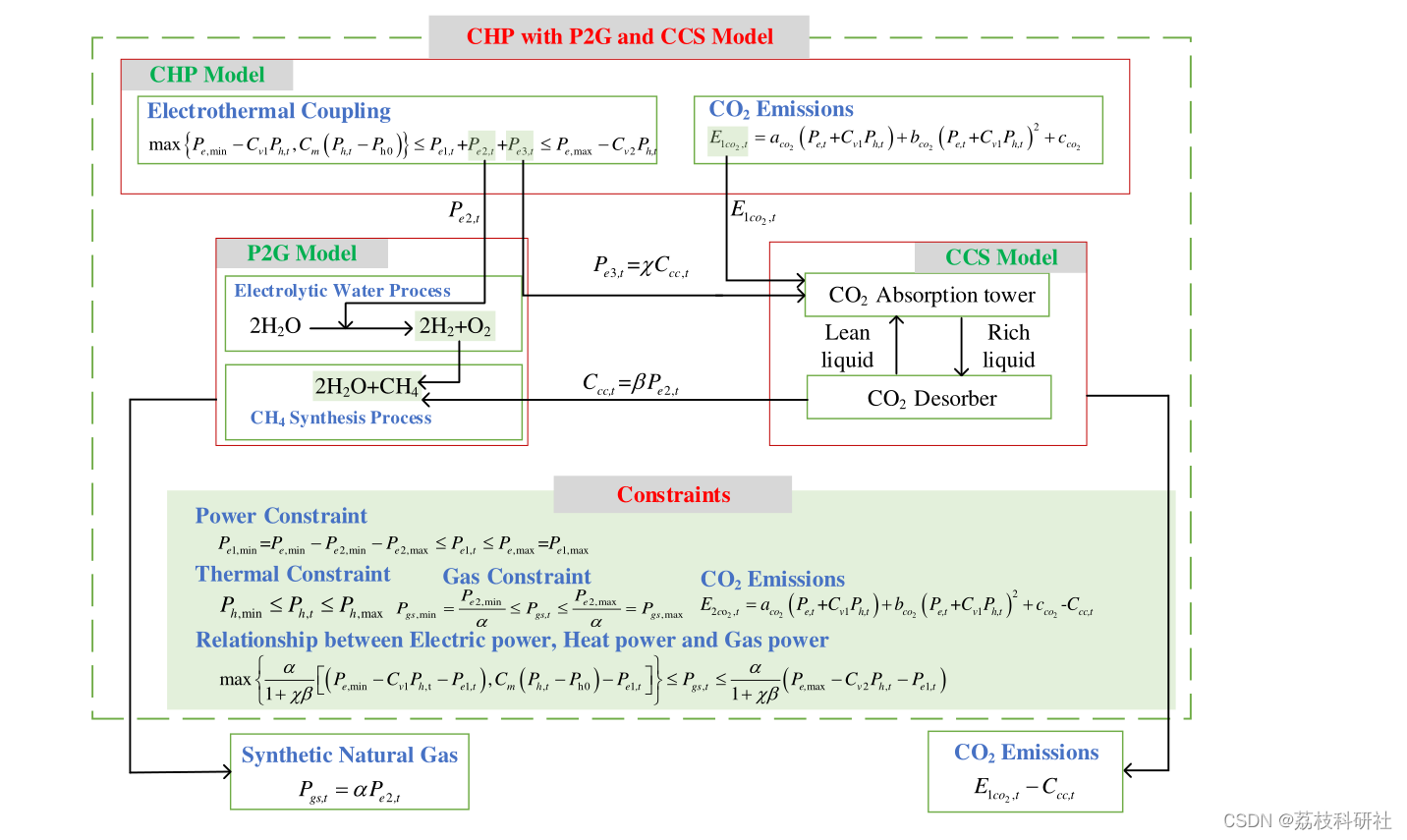
📚2 运行结果

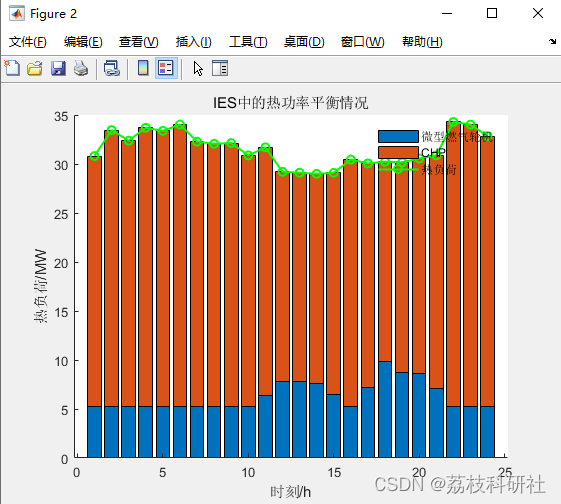
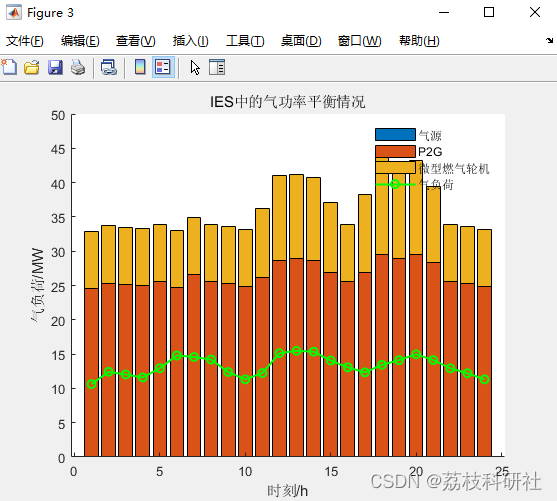
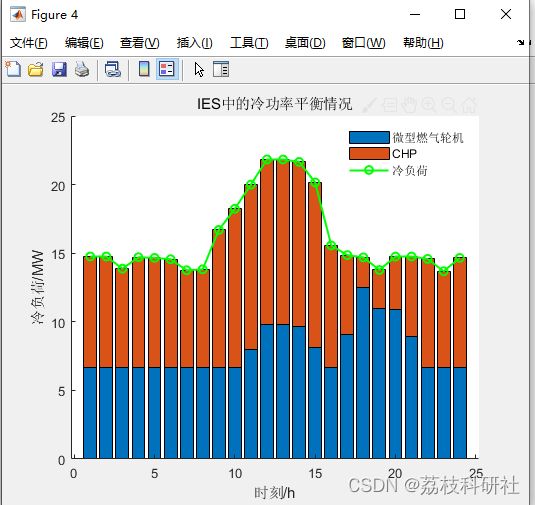

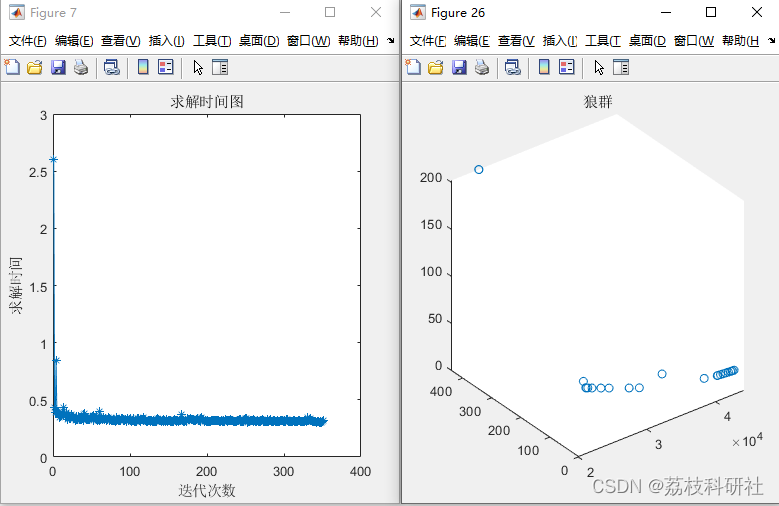
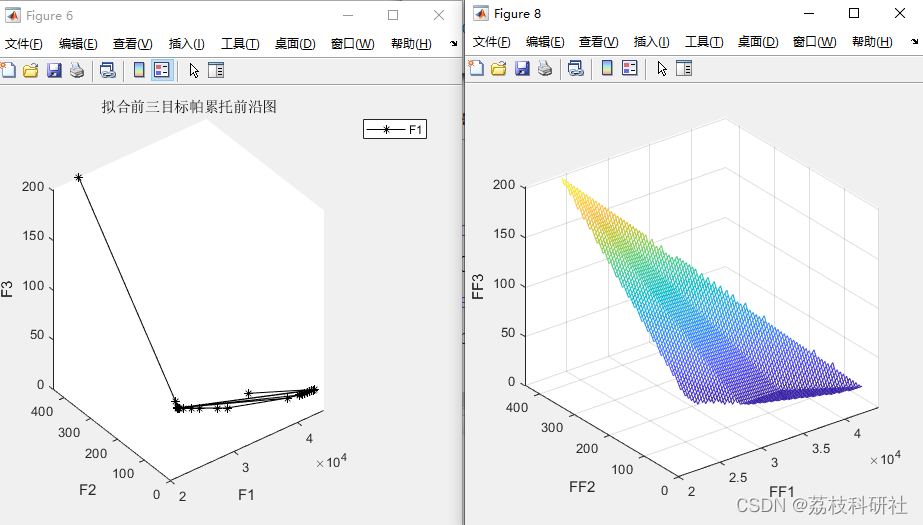
🎉3 参考文献
部分理论来源于网络,如有侵权请联系删除。























 832
832











 被折叠的 条评论
为什么被折叠?
被折叠的 条评论
为什么被折叠?








